Tag: ECG
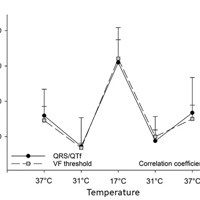
A Novel ECG-biomarker for Cardiac Arrest During Hypothermia
Treatment of arrhythmias evoked by accidental or therapeutic hypothermia and rewarming remains challenging. We aim to find an ECG-biomarker that can predict ventricular arrhythmias at temperatures occurring in therapeutic... read more
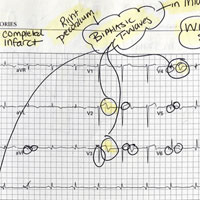
How I Learned to Read ECGs Better than a Cardiologist
I left medical school with a poor understanding of ECGs. I could determine the rate, rhythm, and axis, and maybe a "tombstone" STEMI, but that was about it. During the first week of residency at NYU/Bellevue, I became... read more
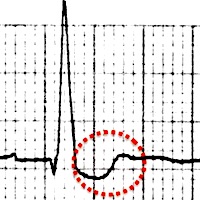
The Poor Man’s Tox Screen: ECG Findings in the Acute Overdose
In the middle of a busy ED shift the tech runs up to you with an ECG. Just prior to signing the top "No STEMI" you think: "wait, why do the QRS complexes look like that?" You walk back to triage with the tech to see a... read more
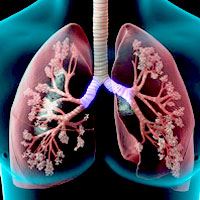
Diagnosis and Management of Acute Exacerbations of COPD – Pharmacology CME
As more and more patients present to the ED with symptoms that suggest an acute exacerbation of Chronic Obstructive Pulmonary Disease (COPD) –worsening dyspnea, cough and sputum production – emergency clinicians can... read more

Potassium Homoeostasis and Pathophysiology of Hyperkalaemia
Since determination of potassium levels may be afflicted with various errors, potassium levels should be determined using a standardized set-up ensuring high accuracy and precision of measurements. Potassium levels may be... read more
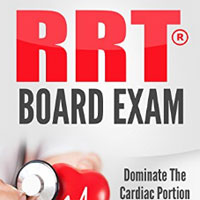
RRT Board Exam: Dominate the Hemodynamic and ECG Portion of the Respiratory Therapy Board Exam
Our RRT Board exam series helps you study smarter, not harder. Instead of giving you information overload, we focus solely on the most recent NBRC TMC and clinical simulation exam matrix. Start feeling more confident and... read more
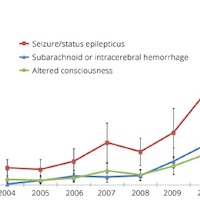
Continuous EEG Monitoring Remains Underused in Critically Ill
A retrospective cross-sectional study found that despite the fact that continuing electroencephalography (cEEG) use was associated with lower in-hospital mortality in critically ill patients, cEEG is underutilized. Experts... read more
When Does an Effusion Become Pericardial Tamponade?
Pericardial tamponade occurs when fluid within the pericardial sac impairs filling of the right-sided chambers, leading to a decrease in cardiac output and hemodynamic compromise. It is neither a clinical nor an echocardiographic... read more

Handbook of ICU EEG Monitoring
Continuous EEG monitoring is an important tool for assessing brain function and allows clinicians to identify malignant EEG patterns quickly and provide more effective care. The revised and updated second edition of Handbook... read more
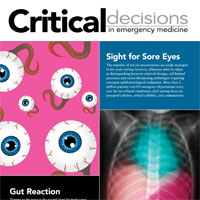
Critical Decisions in Emergency Medicine
American College of Emergency Physicians regularly publishes Critical Decisions in Emergency Medicine to keep emergency medicine professionals up to date on relevant clinical issues. Build your clinical arsenal with Critical... read more
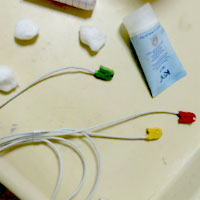
No Electrodes, No Problems
This is what Emmanuel had to say about his innovation: “There are times in the emergency department (ED) when there are no electrodes available to place patient on a monitor. In resource limited settings like Ghana, it... read more

ECG Accuracy Raised by Placement of Electrode Patch
A single-use patch that ensures the uniform placement of electrocardiogram (ECG) leads cuts down on inaccuracies and saves time. A new study to evaluate CQP placement found a significant difference between the minimum time... read more








